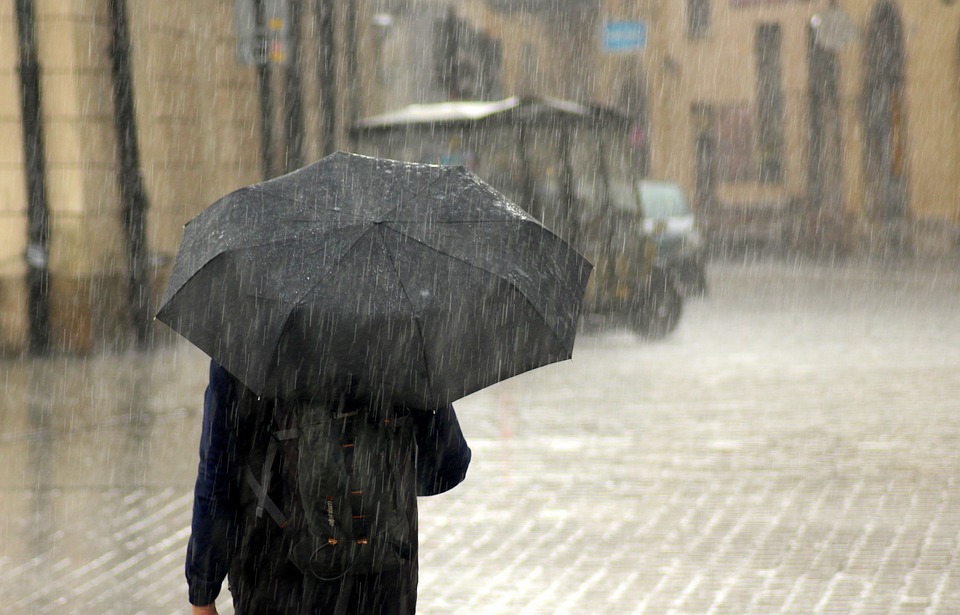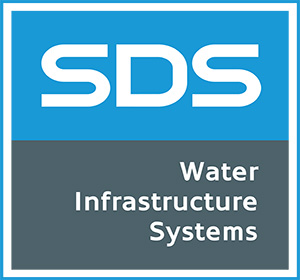Extreme weather – we are going to have to get used to it.
The devastating human consequences of heatwaves and floods, both at home and abroad, are a sobering reminder that climate change is very, very real. Arresting global warming is an urgent imperative. We must also adapt and become more resilient to more frequent extreme weather events.
Reducing the amount of the heavily treated drinking water we all consume is crucial – and not just because it has a big carbon footprint of its own. The Environment Agency has said water supply would need to increase by 25% by 2050 to keep up with demand in England.
That’s just not going to happen.

Instead, we must reduce our demand for mains water. It shouldn’t be that difficult. After all, a third of the high-quality treated drinking water we use gets flushed down the toilet every day – and that’s before we even start to think about potable water used in industry, commerce and agriculture. So, it should be simple to save water, right?
The National Framework for Water Resources says each of us must reduce our consumption from the current 140 litres per day average to 110 litres by 2050 to avoid running out of mains water. Many people – including expert bodies like Waterwise – believe we need an even lower target.
So, with a predicted shortfall of 3,500 million litres per day in England by 2050, how do we bridge the gap? On 1 July, the Government issued its long-awaited response to the consultation on measures to reduce personal water consumption. The headline news is a labelling scheme for water products (similar to the ones already in use for energy consumption), identified as the single-most effective measure we can take to reduce demand. But there needs to be more.
And, in his supporting statement, the Environment Secretary, George Eustice, concluded that the Government wants to achieve the 110 litre per person per day (pppd) target “without affecting the quality of life and enjoyment of water used by households.”
At SDS, we know how our water reuse technologies can contribute: Take our recent smart grey water reuse scheme at 80 Holland Park in Kensington [link to be added]. You might expect the extremely high specification bathrooms to use a lot more water, but the overall mains demand in these highly exclusive residences was calculated to reduce by at least 15% to an average of 90 litres per person per day. It was a building regulations consumption limit imposed through planning that drove this achievement.

Swathes of England are already water-stressed
To coincide with the announcement, seven more Water Company regions were added to the seven already designated as water-stressed. That’s pretty much the whole of Central and Southern England (up to the Lancashire and Yorkshire borders in the North and Devon in the South) now on the water-stress map. The Government said it will encourage Local Authorities, especially in these water-stressed regions, to adopt a 110 litre pppd limit on new developments through building regulations. But the Local Authorities will get a letter from DEFRA – they don’t have to do anything, and the measure only applies to new builds.
Targets and Talk?
So, despite being more than two years in the making, are the rest of personal water-use measures announced just targets and talk? How you react depends a little on whether your glass is half empty, or half full.
My glass is half full and I believe all that ‘talk’ will be important.
Let’s return to the DEFRA announcement and proposals for:
Developing a roadmap towards greater water efficiency in new developments and through retrofits – including options such as rainwater harvesting; water re-use and storage options.
OK, so the roadmap won’t begin until next year. However, the responses to the consultation strongly supported greater use of rainwater harvesting and grey water recycling, although representatives from the homebuilding industry were said to be ‘slightly opposed’. So, is this further delay kicking the can down the road – or tiptoeing along to avoid unsettling the developers? My half-full glass says ‘no’.
This statement, albeit tucked away at the end of the announcement, is a clear recognition that we should be collecting water close to source whenever possible. It is a radical commitment to recognising and exploiting reuse technologies. It’s excellent news.
The Environment Secretary added that the Government will review building regulations and look to remove any regulatory barriers to implementation of water reuse systems. The good news is that a lot of that work to identify the barriers to implementation is already done. Last year, a key study commissioned by Waterwise, and conducted by Ricardo, outlined the policy changes and incentives that could be implemented to maximise the potential of water reuse and help bridge the gap between supply and demand. Waterwise has said the savings could amount to 630 million litres a day by 2050.
Finally, it’s great to note that the roadmap will specifically look at “how the development of new technologies can contribute to meeting these standards”. And, squeezed in at the end of the statement, that a group of industry experts will work to advise the Government and track delivery of “these stretching commitments”.
 SDS is a UK leader in water reuse, and particularly in the novel smart technologies that enable dual-purpose systems like SDS Intellistorm (as shown in the diagram above). These technologies combine drainage and water reuse in a single system to achieve an at-source sustainable water management solution. We’ve developed our technologies to ensure those systems are cost-effective, reliable and efficient.
SDS is a UK leader in water reuse, and particularly in the novel smart technologies that enable dual-purpose systems like SDS Intellistorm (as shown in the diagram above). These technologies combine drainage and water reuse in a single system to achieve an at-source sustainable water management solution. We’ve developed our technologies to ensure those systems are cost-effective, reliable and efficient.
One unplanned outcome of the time-lag in delivering the personal use consultation is that, in the meantime, cost-efficient water reuse has become more evidenced. The technology is being developed and proven in real, on-the-ground commercial and domestic schemes. SDS will be keen to play its part in advising the Government on these successes and ensuring policymakers are fully aware of the contribution water reuse technologies can make to reducing the demand deficit.
We’re excited. Because every smart, digitally-controlled rainwater reuse tank that’s half full in future will be contributing. With the right understanding, policy and incentives, we can build a national network of assets that can make a significant impact on demand reduction.



